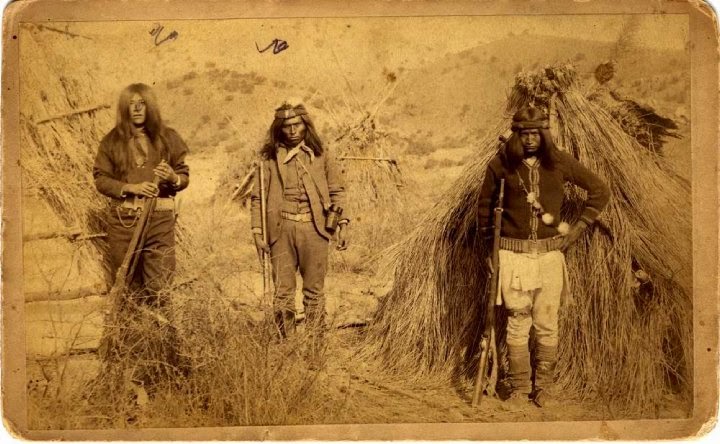ABOUT THE CHEYENNE INDIAN

A Short History of the Cheyenne Indians This nation has received a variety of names from travellers and the neighboring tribes, as Shyennes, Shiennes, Cheyennes, Chayennes, Sharas, Shawhays, Sharshas, and by the different bands of Dakotas, Shaí-en-a or Shai-é-la. With the Blackfeet, they are the most western branch of the great Algonkin family. When first known, they were living on the Chayenne or Cayenne River, a branch of the Red River of the North, but were driven west of the Mississippi by the Sioux, and about the close of the last century still farther west across the Missouri, where they were found by those enterprising travelers Lewis and Clark in 1803. On their map attached to their report they locate them near the eastern face of the Black Hills, in the valley of the great Sheyenne River, and state their number at 1,500 souls." Their first treaty with the United States was made in 1825, at the mouth of the Teton River. They were then at peace with the Dakotas, but warring against the Pawnees and others. Were then estimated, by Drake, to number 3,250. During the time of Long's expedition to the Rocky Mountains, in 1819 and 1820, a small portion of the Cheyennes seem to have separated themselves from the rest of their nation on the Missouri, and to have associated themselves with the Arapahoes who wandered about the tributaries of the Platte and Arkansas, while those who remained affiliated with the Ogalallas, these two divisions remaining separated until the present time. Steps are now being taken, however, to bring them together on a new reservation in the Indian Territory.
Up to 1862, they were generally friendly to the white settlers, when outbreaks occurred, and then for three or four years a costly and bloody war was carried on against them, a notable feature of which was the Sand Creek or Chivington massacre, November 29, 1864. "Since that time there has been constant trouble. * * * In '67, General Hancock burned the village of the Dog Soldiers, on Pawnee Fork, and another war began, in which General Custer defeated them at Washita, killing Black Kettle and 37 others." The northern bands have been generally at peace with the whites, resisting many overtures to join their southern brethren.
Cheyenne Indian Chief Three Fingers
Young Cheyenne Indian Woman
Cheyenne Indians Destroying a Railroad
Captured Cheyenne Indians
Cheyenne Indian Woman Drying Meat
Cheyenne Indian Photo
Cheyenne Indian Warrior
Cheyenne Indian Tree Burials
Cheyenne Indian Tipi or House
Cheyenne Indian Summer Camp
 Cheyenne Indian Pow Wow
Cheyenne Indian Pow Wow



















































